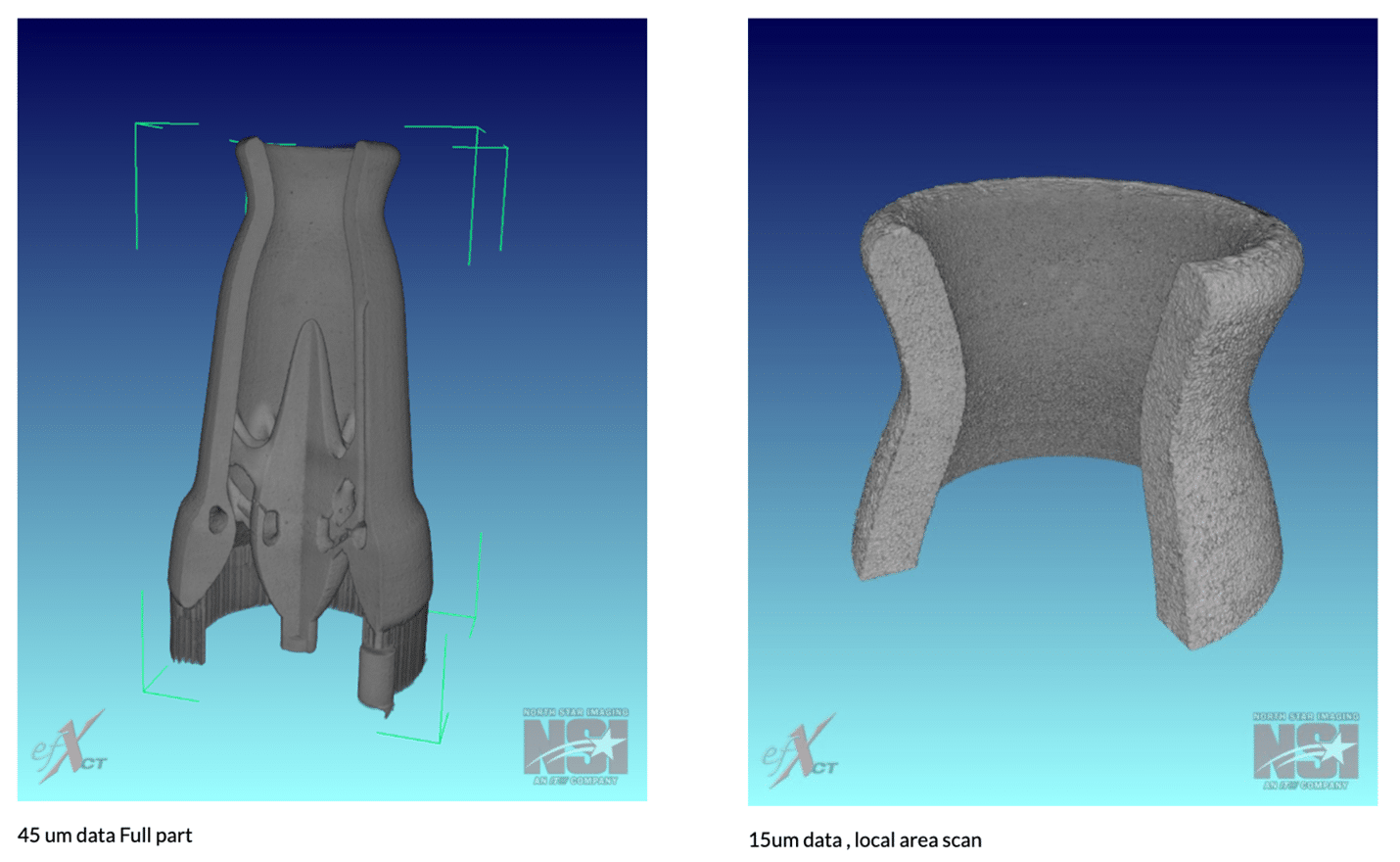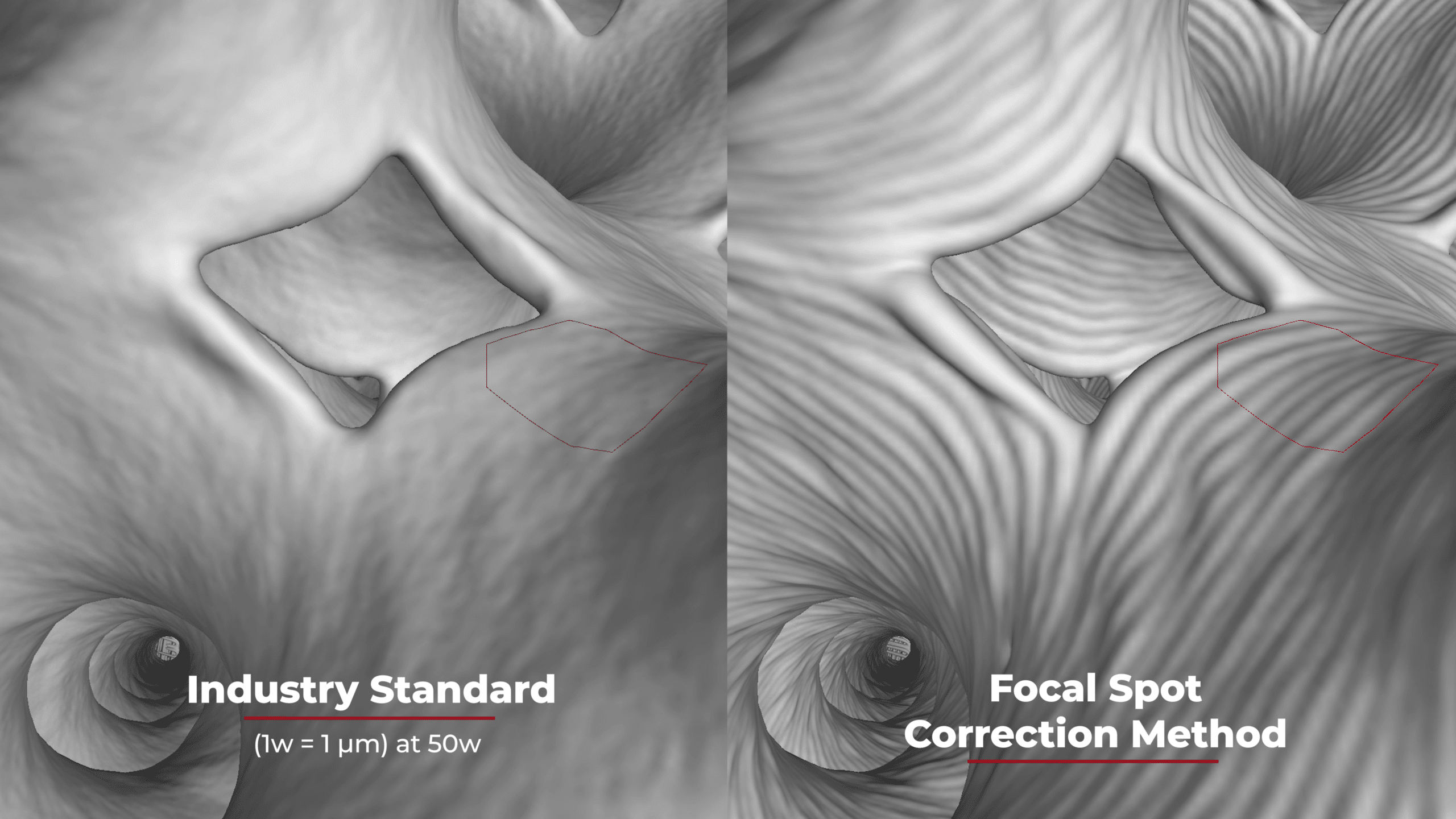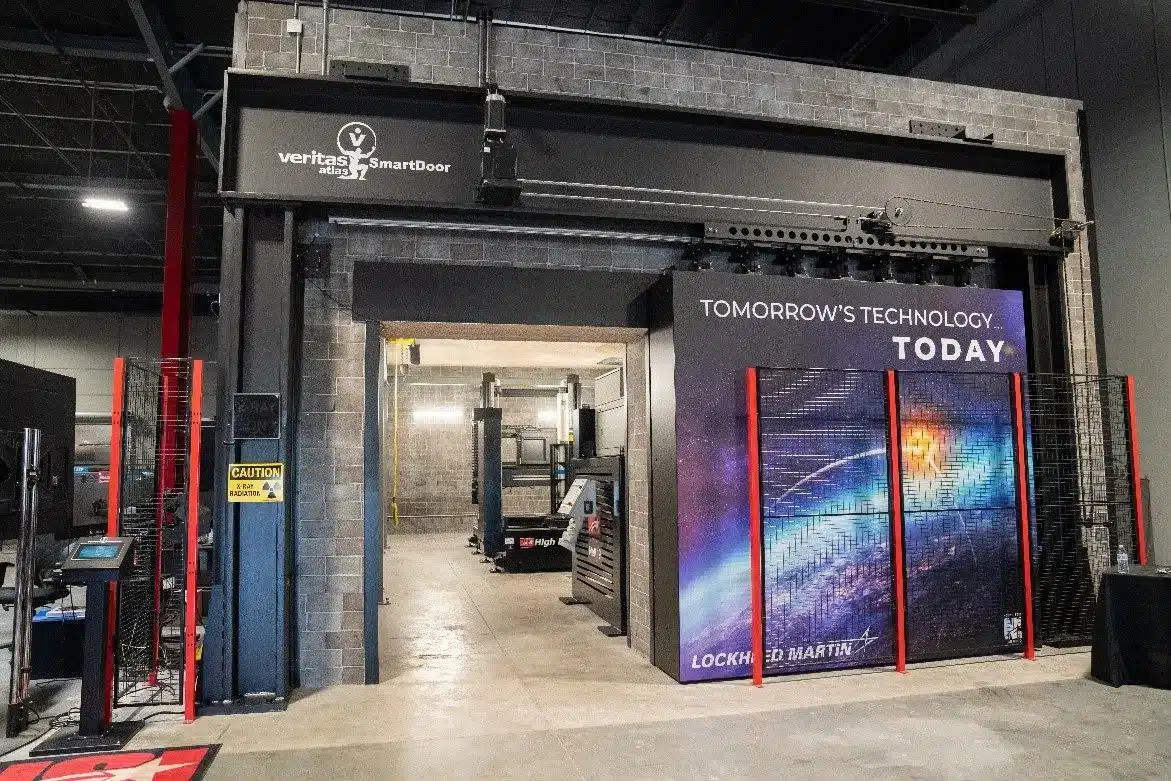How to Apply Industrial Automation Solutions in Industrial X-ray and CT Scanning
Industrial X-ray scanning is an essential product inspection tool used to investigate tiny flaws that are undetectable to the naked eye. It offers the distinct advantage of non-destructively penetrating various substrate materials to visualize subsurface defects, courtesy of the high-energy X-rays used to image the product. Standard X-ray images comprise a two-dimensional cross-section, which may provide detailed insights into key operation and quality parameters. However, the most detailed X-ray inspections are enabled using computed tomography, or CT scanning. Industrial CT scanning creates three-dimensional images using the 2D slices rendered via X-ray imaging. The result is highly-detailed 3D product models with the internal details made visible.
X-ray scanning is a mainstay in various process and manufacturing industries. It can be integrated into conveyor systems to inspect incoming products directly on-line, or off-line. We will be discussing off-line X-ray scanning systems through the rest of this article.
Combining Robotic Manipulation with X-ray Scanning
Robotic manipulators can be integrated into various X-ray imaging systems, be they conventional 2D scanners or CT systems. The basic premise involves the use of robotic devices, typically arms with sophisticated end effectors, to pick an inspection component from a batch and either load it into the system or manipulate it between the source and detector. Modern robotic manipulators come in myriad different classes, with various axis speeds, reach lengths, and load capacities to sort different applications.
One of the most common articulated robot arms in production settings is the 6-axis system, which offers extreme flexibility of motion and orientation. Coupled with precision servos and controllers, 6-axis systems can often complete extremely sophisticated maneuvers with repeatability in the region of 0.02 millimeters, for near-absolute precision. These can be further subdivided based on their primary task. For instance: Part manipulators are generally integrated within an X-ray scanning system to move the part and achieve angles that would otherwise be impossible with a standard turntable system. Part loaders, meanwhile, can be within or without, and are used to automate the loading of parts into a standard system, so operators don’t have to.
However, hardware is only half of the story. Automating industrial CT and X-ray scanning requires careful integration of robotic motion programs. Planning robotic motions requires the overall process to be broken down into a series of discrete tasks that satisfy overall movement constraints. Additionally, sophisticated software can assist with critical X-ray inspection tasks, introducing degrees of automation into the image analysis workflow. The efX-ADR Assisted Defect Recognition platform, for instance, offers an effortless examination of large product quantities while improving the accuracy of interpretations. This can lead to higher throughput, greater repeatability, and reduced costs.
Advantages of Automating Industrial X-ray Scanning
Automating industrial CT and X-ray scanning results in three major advantages. Accuracy, efficiency, safety and cost-effectiveness. Automating these scanners enables consistent results by minimizing the risk of human errors, and more detailed analyses can be possible through automated systems than manual operation.
- Accuracy: Anomalies and flaws that are difficult or impossible to detect with the naked eye can be identified by an automated scanning system.
- Efficiency: Automated systems can analyze parts much quicker than manual operators, which results in increased output and reduced downtime.
- Cost-effectiveness: Automated systems require less manual labor, and their accuracy will minimize the risk of unplanned downtime, which both help to save costs.
North Star Imaging and Industrial X-ray and CT Scanning
Automating your X-ray scanning processes can provide numerous benefits, as mentioned above. North Star Imaging is dedicated to providing robotic systems to improve your scanning processes and enhance quality control.
We have developed the RobotiX series of industrial CT X-ray inspection systems that help increase productivity, reduce the time your operators need to work at a system, and enhance the accuracy and efficiency of your processes. Our RobotiX series includes part loaders and manipulators to ensure seamless automated loading and unloading and provides high-quality imaging solutions for complex pieces. Our RobotiX loaders are programmed using our own proprietary efX-DR acquisition software, making planning of robotic motions an effortless process.
Contact us today for more information on how automating your industrial X-ray scanning processes can benefit you.


